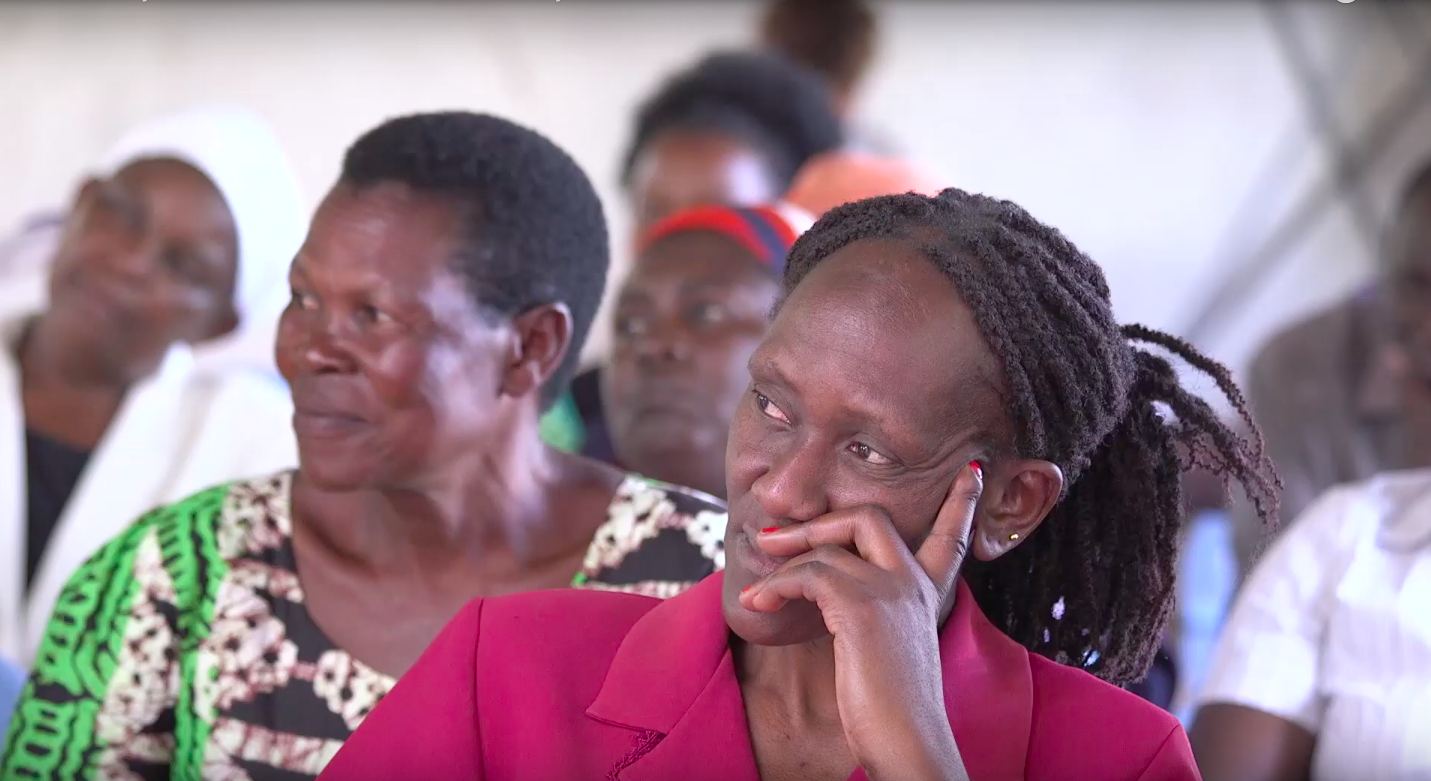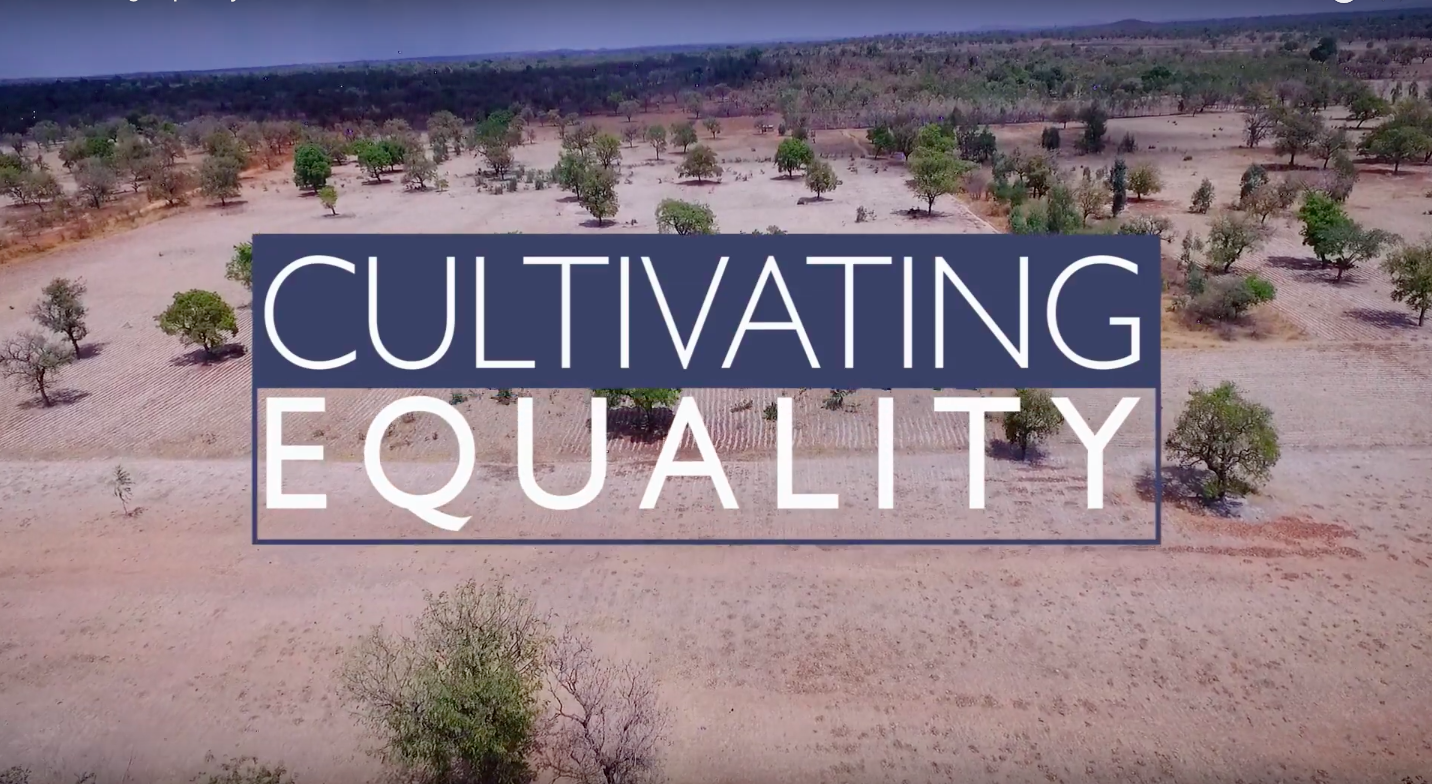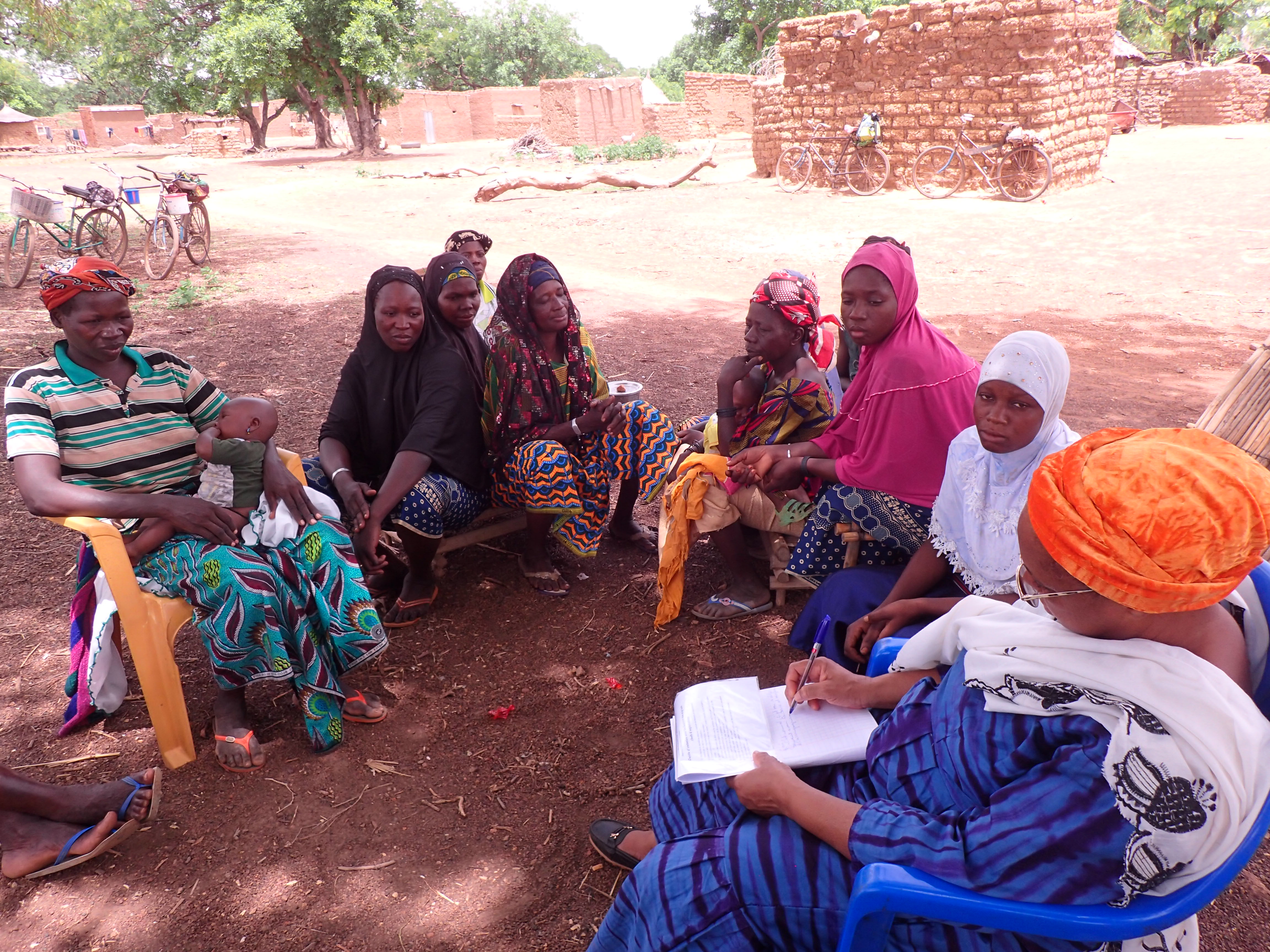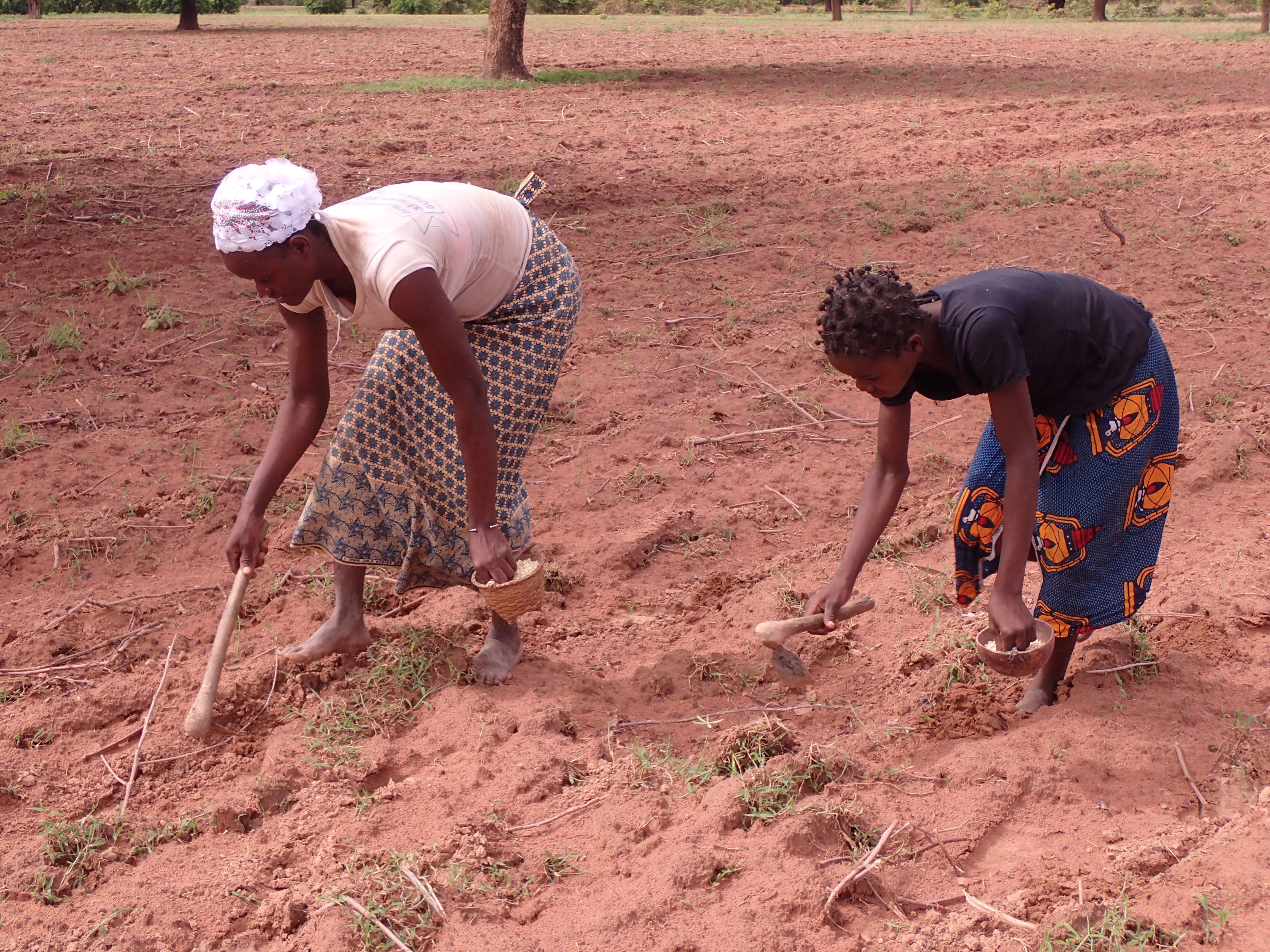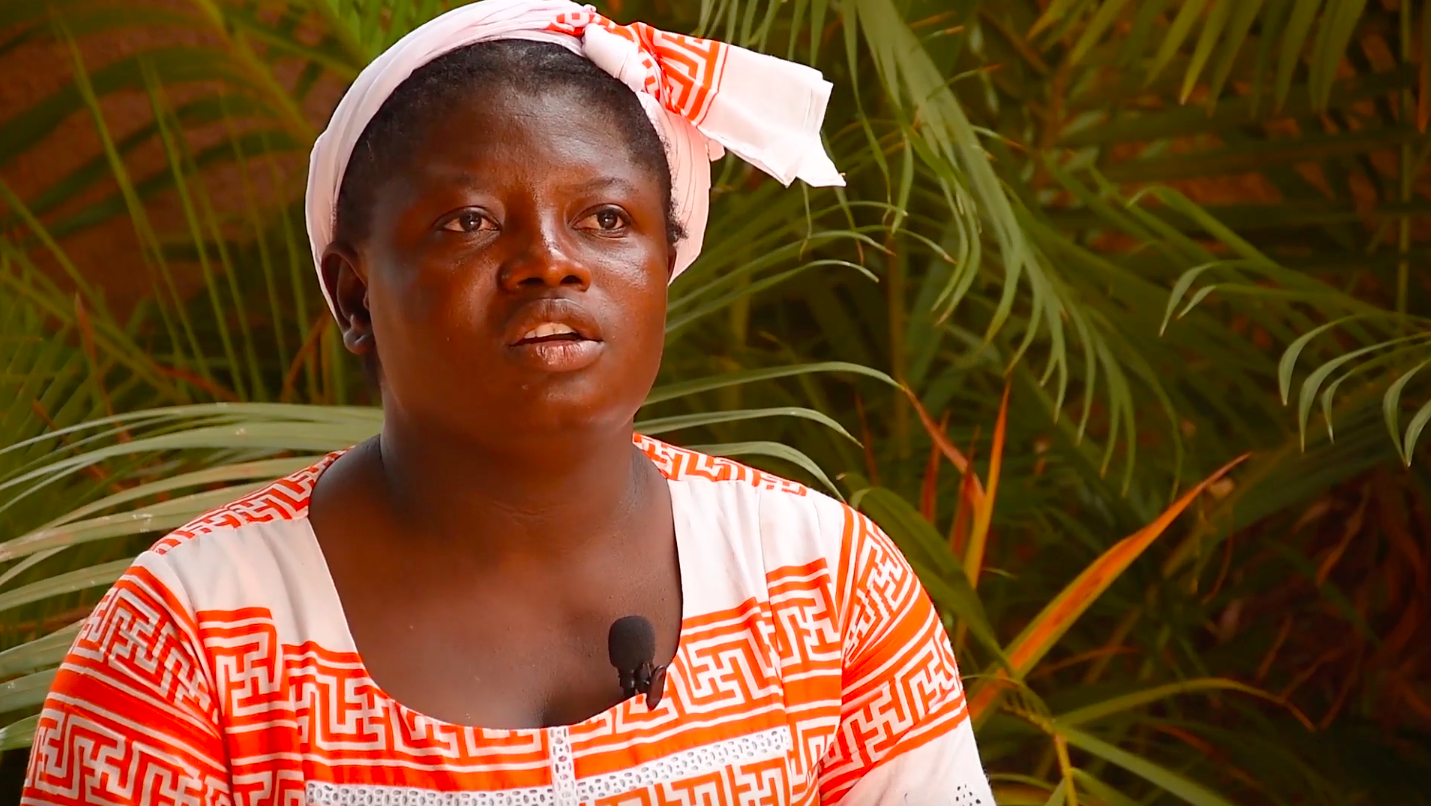
In Sub-Saharan Africa, women make up half of the workforce in agriculture, but they control less than a quarter of agricultural land. In Benin and Burkina Faso women have only use rights to land and limited decision-making power over the land they farm. They access land through their husbands or other male family members. Land allocated to women is usually less fertile; plots, smaller. Men give two main arguments for allocating less fertile land to women. First, more importance is attributed to fields held by the head of the household, as these fields generate most household income. Second, men argue that women’s crops – typically legumes – can grow on less fertile soils due to their crops’ nitrogen-fixing abilities. So far, so bad. But our analysis of 20 programmes and projects promoting sustainable land management (SLM) in Benin and Burkina Faso over the past 20 to 30 years also showed that female farmers do not participate and benefit from SLM programmes as much as male farmers do. Are all these programmes in combatting land degradation only further reinforcing skewed gender roles?
It’s crucial to understand traditional practices of land management. In discussions with farmers, we learnt that as women improve the productivity of their land, they ironically increasingly risk losing it. The land right holder, usually their husbands, often seizes the more productive land for growing cash crops in the subsequent season. Farmers even have a special term for this injustice: forced rotation.
While most men perceive this method as efficient resource management, many women experience forced rotation as unjust: the system penalizes them for good work. They seek to increase their incomes based on their own harvest. In some ethnic groups in Burkina Faso, men reportedly fear that women’s financial autonomy could destabilise current power relations within the household.
«Since women are not the head of household, and since they do not cover the household’s expenditures, we can’t but give them poor land.»
Male or female, people only invest in improving land fertility if they think they can keep the land. Yet, few SLM projects address tenure insecurity at all. The main arguments for neglecting tenure issues is politically sensitivity, incoherence with the timeframes of SLM projects, and resource constraints. So, what should be done?
In Burkina Faso, TMG Research and GRAF, a Burkinabé network of experts, in collaboration with a range of local actors, innovated a process to clarify and stabilise land rights for women at the household level. Today, over 200 women have secure access to a total of over 400 ha of land in Tiarako, where this process was first tested.
In Western Kenya, TMG Research and the grassroots organisation Shibuye Health Workers, in collaboration with farmers and governmental actors, have developed land-lease guidelines to allow widows and other landless farmers to securely access land.
The vastness of lands in places like northern Benin increase time constraints for farmers, as do low levels of mechanisation. The few labour resources available are pooled and prioritised to work on the fields managed by men. In Benin and Burkina Faso, women only turn to ‘their fields’ once the work on family fields is completed. Less importance is attributed to women’s fields, so women receive delayed support from other family members, for example in preparing their fields for sowing. The result is smaller yields that cement the gender gap in agriculture.
«We get ox to plough our fields very late. Men first take care of their own field before they would come and help us […]. Therefore, we are often late for the rains in our activities. But the rains do not wait for us.»
Workers could be hired – if the women had sufficient money. More often, it’s men who can afford paid labour: 14 percent of women as opposed to 51 percent of men in one study of 200 households in northern Benin.
Many policies and programmes in agricultural development seek gender equality. However, the set of indicators for measuring this achievement are often incomplete. For example, in Benin and Burkina women’s participation in the design and the implementation of the project is mainly accounted for in the female share of participants in capacity building activities. However, focusing purely on that number cannot adequately capture how project benefits are, for example, distributed and shared within the family.
Monitoring and evaluation activities must therefore include qualitative assessments of how different approaches benefit and empower women. Gender-sensitive monitoring and evaluation could include linkages between women’s adoption of SLM technology and their bargaining and decision-making power within the household.
Gender equality is often equated with women alone, but men are part of the solution. In Burkina Faso, opinion and customary leaders’ endorsement of land right transfer to women convinced reluctant land right holders in joining their friends and neighbours and finally gave land to women. In Tiarako, the pilot village of our social innovation on women’s land access, the transfer of land rights to women has become a hot topic. Men are proud to have given land to their women and tease other men who have not.
Our experiences in Tiarako show that no top-quality soil analysis and no climate-smart technologies can create the conditions under which all people, men and women alike, can preserve their soils as long as you don’t address obstacles embedded in the socio-cultural context.
Recommendations for policy makers, and programme implementers, based on evidence from case studies in Benin and Burkina Faso.
Recommandations à l’intention des décideurs politiques et des concepteurs de programmes, basées sur des données probantes issues d’études de cas au Bénin et au Burkina Faso.
Étude de cas des villages de Bouéré et Tiarako.
Étude de cas dans les communes de Kandi,
Bembèrèkè, Djidja et Bantè
This sites uses cookies. By continuing to browse your are agreeing to our use of cookies. Review our data privacy policy for more information.
accept